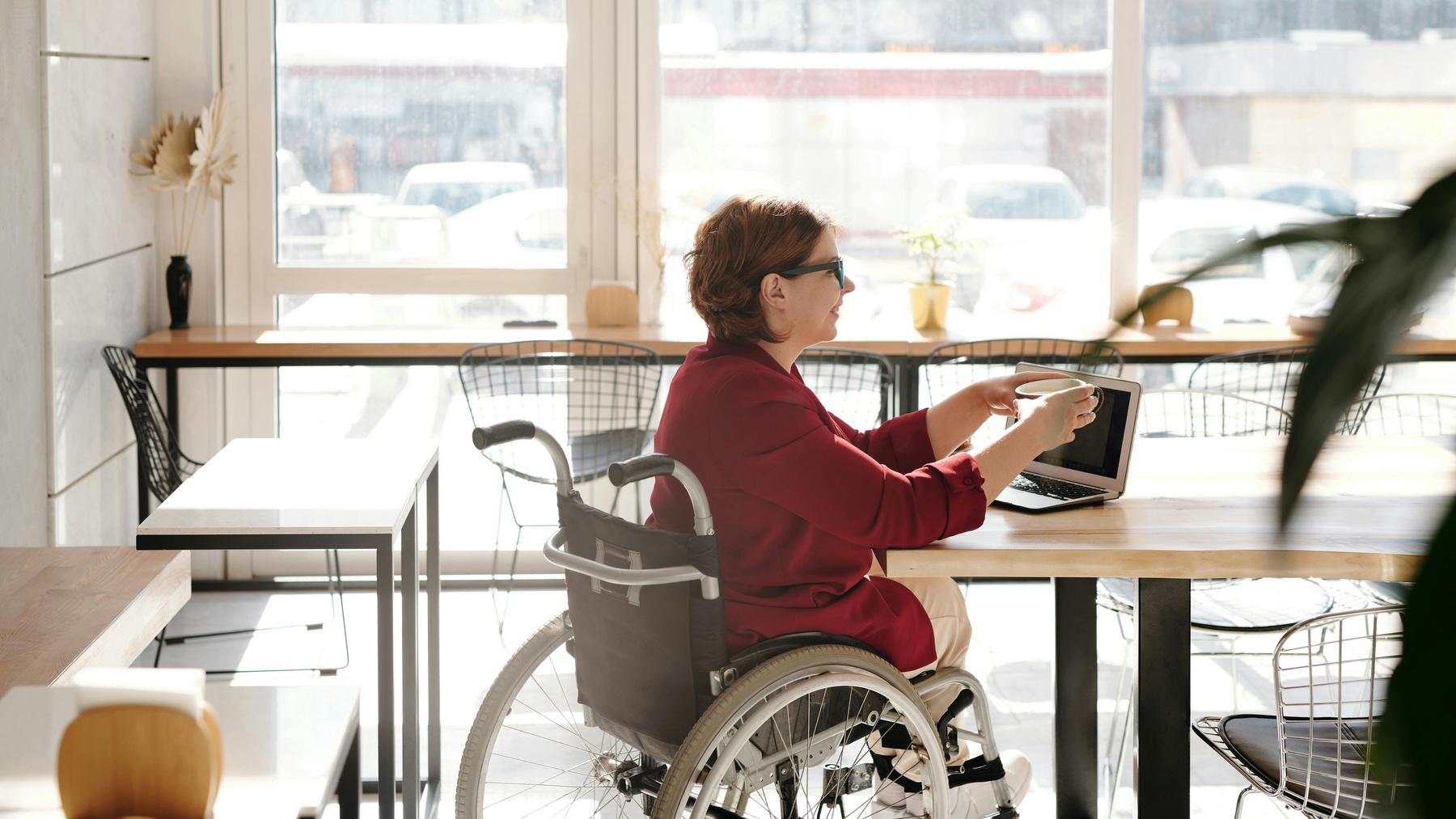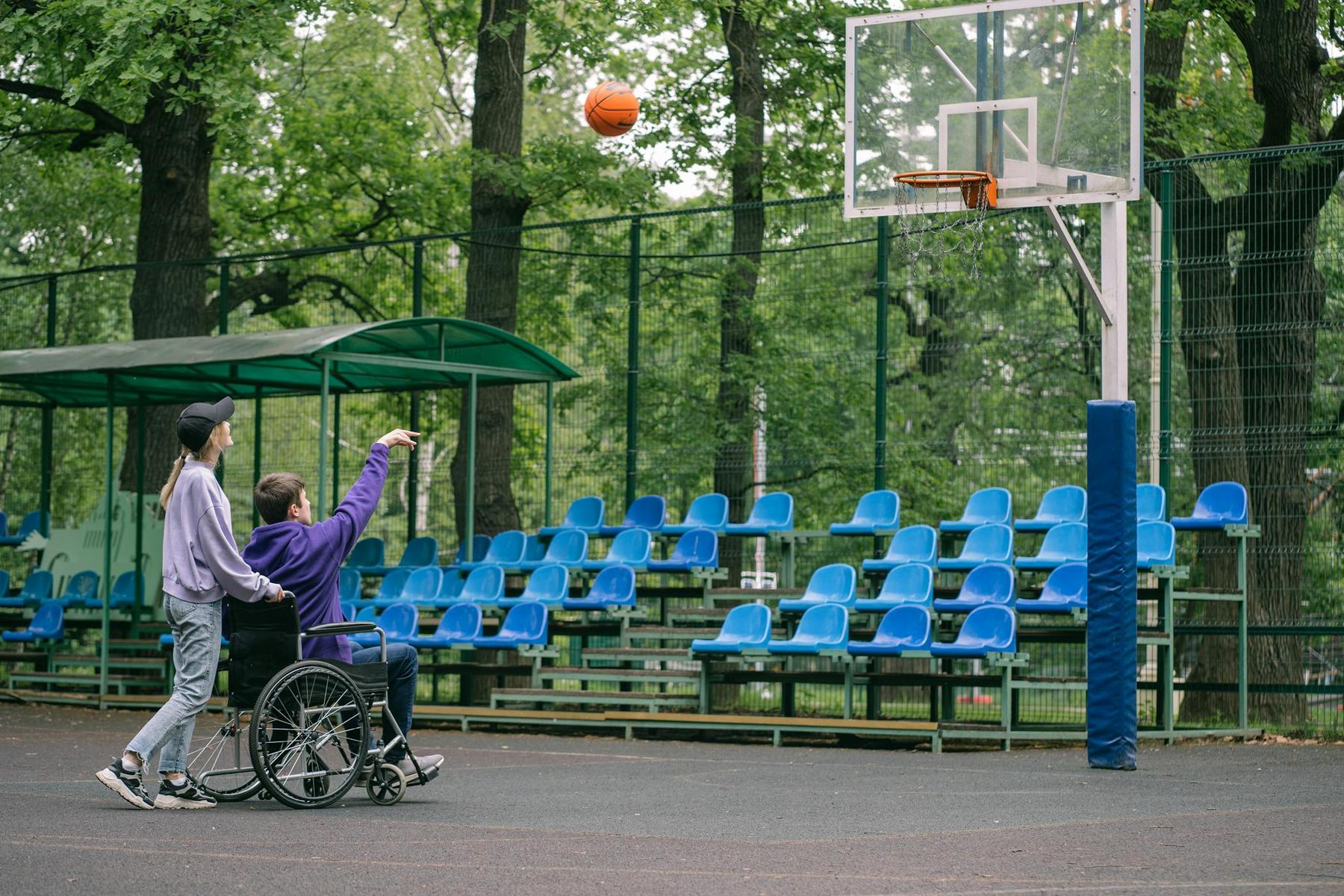Living with a disability in Brisbane’s bustling Central Business District shouldn’t mean sacrificing independence or missing out on the vibrant opportunities the city centre offers. Yet for many NDIS participants, the maze of transport options, funding rules, and accessibility features can feel overwhelming. Whether you’re heading to work at a Queen Street office, attending a medical appointment, or simply wanting to enjoy the South Bank cultural precinct, understanding how to navigate NDIS services in Brisbane CBD effectively can transform daily challenges into manageable routines.
The intersection of federal NDIS funding, Queensland’s public transport infrastructure, and local support services creates a complex but potentially empowering ecosystem for people with disabilities. When properly understood and utilised, these interconnected systems can provide the foundation for genuine community participation and independence throughout Brisbane’s heart.
What NDIS Transport Funding Is Available for Brisbane CBD Access?
The National Disability Insurance Scheme provides structured transport funding specifically designed to bridge the gap between public transport limitations and your disability-related mobility needs. Understanding these funding tiers is crucial for maximising your independence while navigating NDIS services in Brisbane CBD.
NDIS Transport Funding Structure:
| Funding Level | Annual Amount | Eligibility Requirements |
|---|---|---|
| Level 1 | $1,784 | Community access for non-working participants |
| Level 2 | $2,676 | Part-time work/study under 15 hours weekly |
| Level 3 | $3,456 | 15+ weekly hours of employment, study, or job-seeking |
To qualify for NDIS transport funding, you must demonstrate “substantial difficulty” using public transport due to your disability. This assessment considers your specific needs alongside existing state subsidies like Queensland’s Taxi Subsidy Scheme, which has been extended for NDIS participants until October 2025.
Activity-Based Transport Integration
Beyond standard funding tiers, NDIS providers can claim transport costs when accompanying you to community activities. This includes worker time and vehicle expenses up to $0.99 per kilometre for standard vehicles. When your support worker travels with you to appointments, social activities, or employment, these integrated transport costs can be claimed against your core budget, making every dollar work harder for your independence.
“The beauty of activity-based transport lies in its recognition that mobility and support are often inseparable,” explains how this funding model acknowledges real-world needs rather than artificial service boundaries.
How Accessible Is Brisbane CBD’s Public Transport Network?
Brisbane’s public transport system offers extensive accessibility features that can significantly reduce your reliance on NDIS transport funding for inner-city navigation. Understanding these options is essential when planning your NDIS budget and daily routines.
Free CBD Transport Options
The City Loop buses (Routes 40/50) and Spring Hill Loop (Route 30) provide zero-cost circulation throughout Brisbane CBD with 10-minute frequencies during weekdays. These services feature:
- Low-floor entry for wheelchair access
- Priority seating areas
- Tactile ground indicators at busway stations
- Audio announcements for vision-impaired passengers
Ferry Accessibility Excellence
All CityCat ferry vessels accommodate up to four wheelchairs or scooters per trip through wide boarding gates and designated spaces. The ferries also feature hearing augmentation systems and accessible toilets, making them ideal for cross-river CBD travel. However, the complimentary CityHopper ferries lack equivalent accessibility features, so planning your route carefully is essential.
Rail Network Considerations
Central Station and Roma Street Station serve as primary rail access points for Brisbane CBD, with staff available to deploy boarding ramps for wheelchair-accessible carriages. These carriages accommodate wheelchairs up to 750mm wide and 300kg capacity. However, station accessibility varies significantly across the network, requiring pre-journey verification using Queensland Rail’s accessibility maps.
What Support Services Bridge Transport Gaps in Brisbane CBD?
While NDIS funding and public transport form the foundation of CBD mobility, additional support services fill crucial gaps that neither system addresses completely. These complementary services often prove essential for maintaining consistent access to Brisbane’s central areas.
Local Area Coordination
Local Area Coordinators (LACs) serve as your primary navigation support, offering three critical functions:
- Pre-planning workshops that clarify NDIS transport eligibility and options
- Implementation support to optimise your funded transport utilisation
- Community linkage to identify non-NDIS transit resources
LACs prove particularly valuable in CBD environments where mainstream services like free loop buses may meet some mobility needs, preserving your NDIS budget for specialized requirements.
Queensland Taxi Subsidy Scheme
This state program covers 50% of taxi fares up to $30 per trip without usage caps, providing essential backup for NDIS participants. Extended until October 2025 specifically for NDIS participants, the scheme requires meeting disability criteria including wheelchair dependency, severe visual impairment, or intellectual conditions requiring constant accompaniment.
Community Transport Networks
Organisations like Footprints Community operate door-to-door transport services across Brisbane with support worker accompaniment. While coverage may be limited beyond CBD areas, these services offer personalised assistance that bridges gaps between public transport capability and NDIS funding availability.
What Are the Key Limitations and Exclusions to Consider?
Understanding what NDIS transport funding doesn’t cover is crucial for realistic planning and budget management when navigating NDIS services in Brisbane CBD.
Vehicle-Related Exclusions
NDIS categorically excludes vehicle purchases, registration, insurance, and operational costs as “day-to-day living expenses.” This limitation extends to vehicle modifications, positioning private transport as a personal responsibility regardless of disability needs.
Public Transport Infrastructure Gaps
The NDIS explicitly disclaims responsibility for public transport accessibility improvements. When existing infrastructure fails disability access standards, NDIS funding cannot address systemic barriers like non-compliant train stations or inaccessible bus stops. This creates situations where participants must navigate around infrastructure limitations rather than expecting system-level solutions.
Educational Transport Boundaries
School transport remains exclusively funded by state governments as “in-kind” services. While this may appear in NDIS plans as informational entries, no financial allocation occurs through NDIS channels, requiring separate coordination with Queensland education authorities.
How Can You Optimise Your Transport Strategy for CBD Access?
Successful navigation of Brisbane CBD requires strategic integration of all available transport options, maximising independence while minimising costs. The key lies in layering services effectively rather than relying on any single solution.
Prioritising Free Services
Begin each journey by identifying free transport options. City Loop buses and accessible CityCat ferries should form your first choice for intra-CBD movement, preserving NDIS transport funding for specialized or longer-distance requirements.
Documentation Strategies
During NDIS planning meetings, document specific public transport barriers with precision. For example: “Cannot access Queen Street Mall via CityCat due to gangway gradient exceeding accessible standards during low-tide periods.” This specific documentation strengthens funding justification for alternative transport supports.
Technology Integration
Real-time tools like Brisbane Airport’s Accessibility Journey Planner help mitigate transit disruptions, while contactless payment options (debit/credit cards or smartphones) eliminate Go Card balancing complexities for participants with cognitive impairments.
Emergency Contingency Planning
Establish backup protocols including registration for Translink’s assistance services for same-day boarding ramp deployment, and maintain maxi-taxi contact information for last-resort situations accommodating two wheelchairs simultaneously.
Moving Forward with Confidence in Brisbane CBD
Successfully navigating NDIS services in Brisbane CBD requires understanding the intricate relationships between federal funding, state infrastructure, and local support networks. The city’s transport ecosystem, while complex, offers genuine opportunities for independence when approached strategically.
Key success factors include maximising free public transport options before utilising NDIS funding, documenting specific accessibility barriers during planning meetings, and maintaining relationships with Local Area Coordinators who understand both NDIS requirements and Brisbane’s unique transport landscape.
The evolution toward barrier-free urban access continues, with ongoing improvements in both NDIS policy flexibility and Brisbane’s infrastructure development. By staying informed about funding options, accessibility features, and support services, you can transform potential transport challenges into manageable aspects of daily life in one of Australia’s most vibrant city centres.
Remember that your transport needs are unique, and the optimal solution often involves combining multiple funding sources and service types. Regular review of your transport arrangements ensures they continue meeting your evolving independence goals while maximising available resources.
Can I use my NDIS transport funding for regular commuting to work in Brisbane CBD?
NDIS transport funding is specifically designed to cover disability-related transport costs that exceed typical living expenses. If your disability prevents you from using standard public transport for work commuting, and you meet the employment-based eligibility criteria (15+ hours weekly for Level 3 funding), then work-related transport may be funded. However, routine commuting costs that apply to all workers are considered day-to-day living expenses and are excluded from NDIS coverage.
What happens if I can’t access a CityCat ferry due to my mobility device specifications?
All CityCat vessels are designed to accommodate wheelchairs and scooters within standard dimensions, but if your mobility device exceeds these specifications, document this barrier during your NDIS planning meeting. This specific limitation may justify alternative transport funding, as the NDIS recognises when mainstream accessible services cannot meet individual disability requirements.
How do I coordinate my NDIS transport funding with Queensland’s Taxi Subsidy Scheme?
Both programs can work together, but coordination is essential to avoid conflicts. The Taxi Subsidy Scheme (extended until October 2025 for NDIS participants) covers 50% of taxi fares up to $30 per trip, while NDIS funding addresses broader disability-related transport needs. Your Local Area Coordinator can help you understand how to maximise both funding sources without duplication.
Can my support worker’s travel time and costs be claimed when we use public transport together in Brisbane CBD?
Yes, when your support worker accompanies you on public transport as part of delivering support, their time can be claimed as activity-based transport. However, specific documentation requirements apply, and the support must be directly related to your disability needs rather than general assistance that any person might require.
What should I do if Brisbane CBD’s accessible transport options don’t meet my specific disability requirements?
Document these limitations precisely and discuss them with your NDIS planner or Local Area Coordinator. Specific barriers to mainstream accessible services may justify exceptional transport funding beyond standard tiers. The key is demonstrating that your disability creates needs that cannot be reasonably met through existing accessible infrastructure, even when properly utilised.



